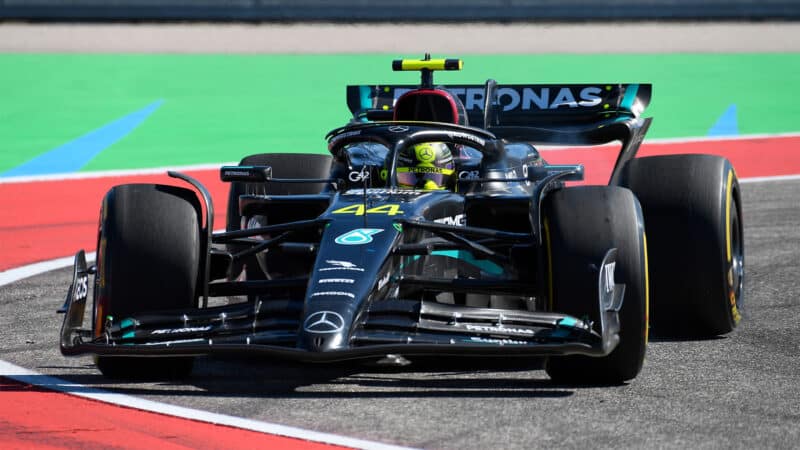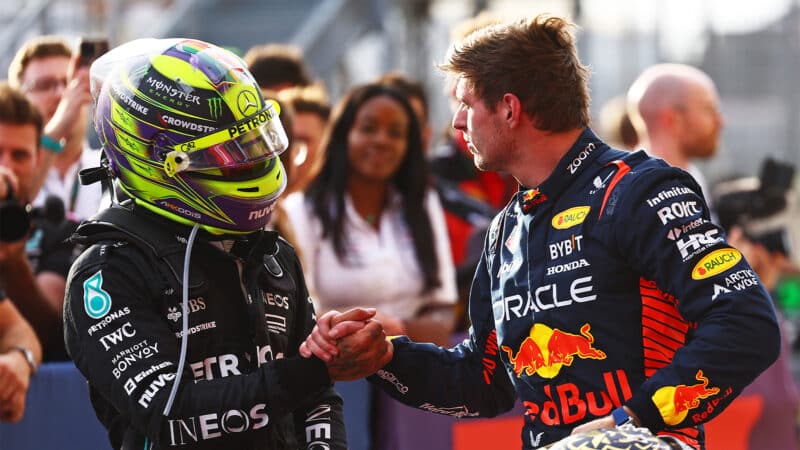Mercedes was looking good here, if only they had known it. They knew nothing of Verstappen’s brake drama at this stage and were assuming Verstappen was just monitoring his tyre life before inevitably demolishing them, along with the rest of the field. If it had just covered Verstappen’s lap 16 stop with Hamilton immediately (as McLaren did with Norris), Hamilton would surely have stood a realistic chance of retaining track position for the second stint – which could have been the foundation for victory. Instead, Mercedes decided to try for a one-stop on the basis that they believed they’d be beaten if they did the same. The degradation of Hamilton’s mediums looked very respectable and if he could stay at that pace until lap 23, it might have worked.
But the tyres were never going to hold on that long, as it turned out. They gave up suddenly, leaving Hamilton flailing around three laps short of his targeted distance. Merc bailed out of the one-stop plan and brought him in, but the extra four laps he ran on old tyres after Verstappen’s stop had cost him around 11sec to the Red Bull, which was now ahead.

Lewis Hamilton spent the majority of his US GP on the brink of victory — but would be disqualified entirely later on
Grand Prix Photo
Norris still led, but Verstappen — dodgy brake pedal notwithstanding — dived past for the lead on the 28th lap, just short of the second round of stops. Hamilton later made a spectacular-looking pass on the McLaren through Turns 1-2. He was by now on medium tyres which were quicker than the hards on the Red Bull and he was taking around 0.5sec per lap out of it. But he ran out of laps, and for the second time in the same race the COTA crowd was narrowly denied seeing these two go at it wheel-to-wheel.
Verstappen’s brake problem, the awkward strategy call for Hamilton; they were just problems to manage and minimise in two performances beyond the norm. Around a magnificent race track on a sunny Texan day, the two megastars of F1 in the two fastest cars staged a duel.



